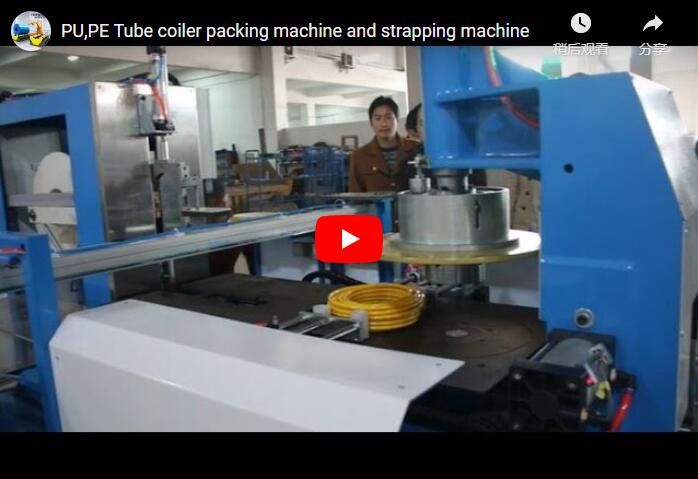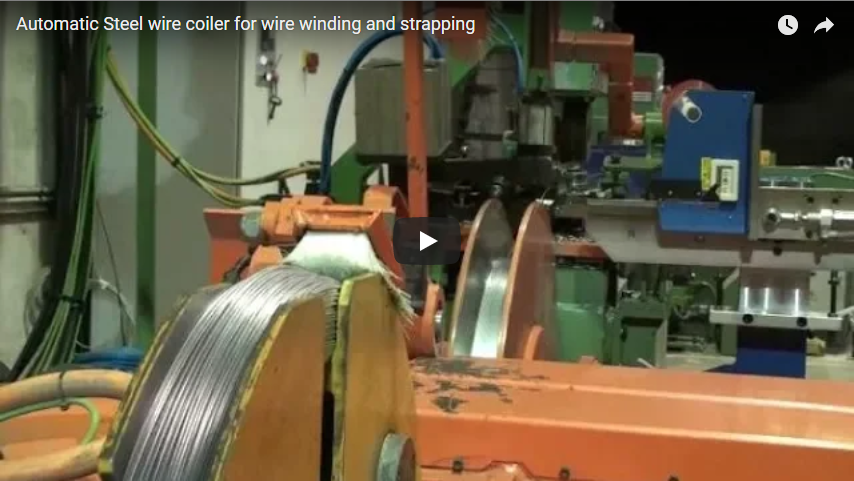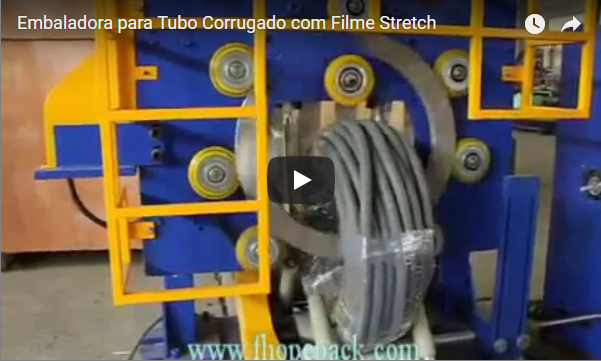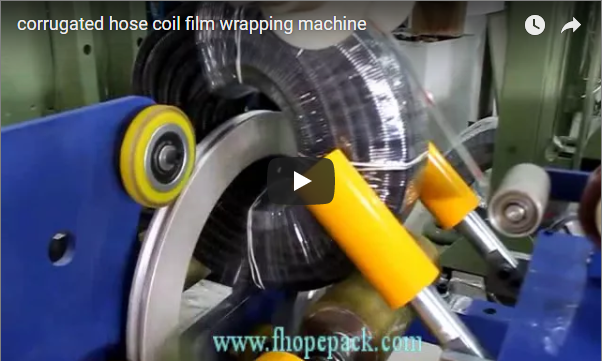Maximizing Efficiency and Slashing Costs: A Technical Look at Automated Slitting Strip Packing Lines
In today's competitive industrial landscape, particularly in metal processing and distribution, optimizing operational efficiency while controlling costs is paramount. Manual handling and packaging of slit coils are often labor-intensive, physically demanding, and prone to inconsistencies and safety risks. Implementing a fully automated slitting strip packing line presents a robust solution, directly addressing these challenges and offering significant returns through reduced labor requirements, enhanced throughput, and improved process control. This article delves into the technical aspects, design considerations, and operational benefits of these advanced systems.
1. The Challenge: Limitations of Manual Coil Packaging
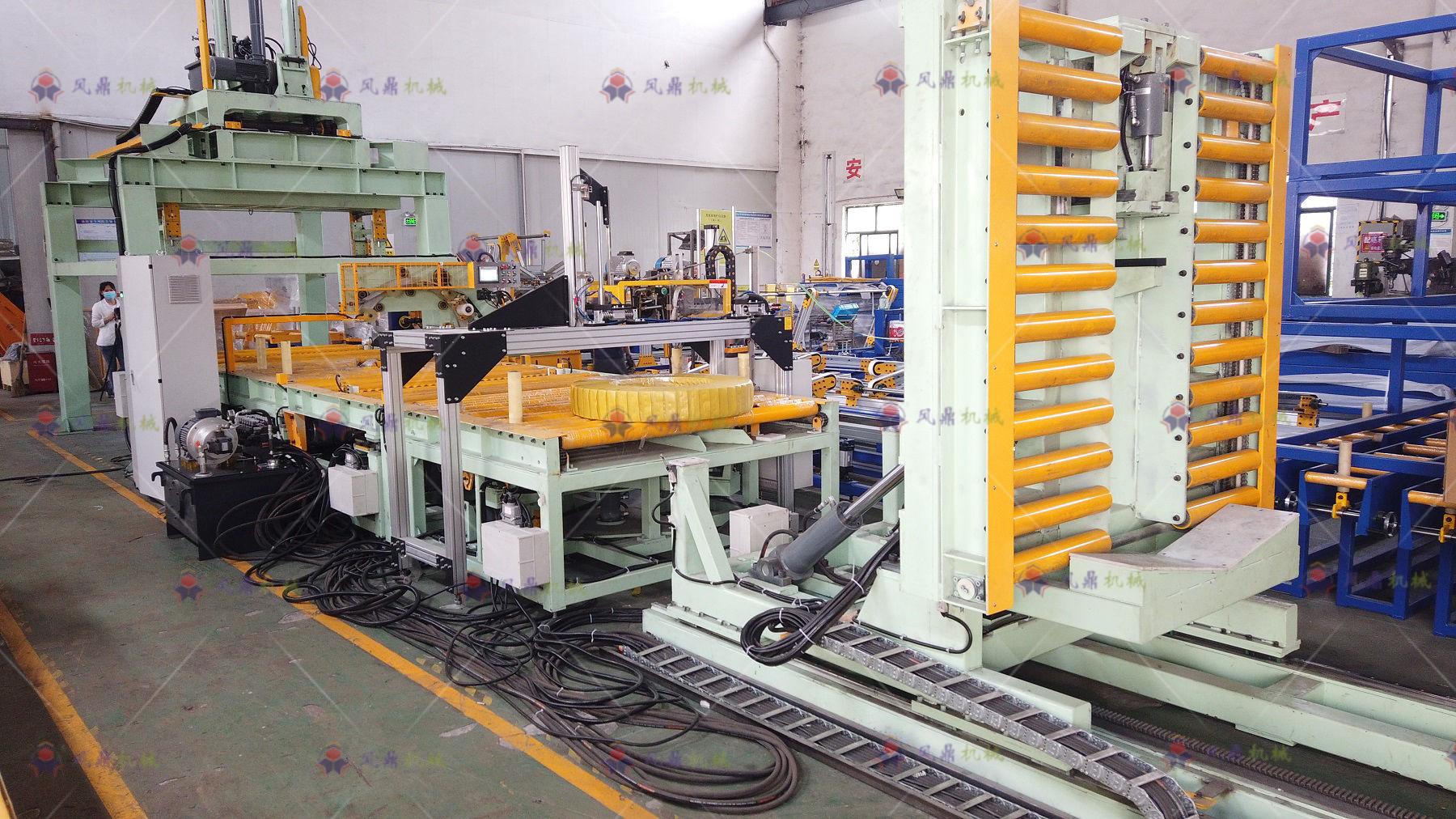
Traditional methods for packaging slit metal strips often involve multiple manual steps: transferring coils from the slitter, applying protective wrapping, strapping, weighing, and stacking. This process typically requires several operators, increases the risk of material damage, poses ergonomic challenges, and can create bottlenecks in production flow. Consistency in packaging quality can also vary depending on operator skill and fatigue.
2. Engineering the Solution: Design, Structure, and Components
Automated slitting strip packing lines are sophisticated systems engineered for seamless integration and reliable performance. Key design and component considerations include:
- Modular Design: Many systems feature a modular structure, allowing for customization based on specific plant layouts, throughput requirements, and coil specifications. This facilitates easier installation, maintenance, and potential future upgrades.
- Material Flow & Handling: The line typically incorporates automated conveyors, turntables, tilters, and centering devices to precisely move coils between stations (e.g., from slitter exit to strapping, wrapping, and stacking zones) with minimal human intervention.
- Core Components:
- Coil Transfer: Automated cars or conveyor systems receive coils directly from the slitter recoiler.
- Strapping Stations: Automatic strapping heads (radial and/or circumferential) apply steel or PET strapping securely and consistently. Multiple strapping points can be programmed based on coil width and customer requirements.
- Wrapping Units: Orbital stretch wrappers or VCI paper applicators provide corrosion protection and secure the coil bundle.
- Weighing & Labeling: Integrated weigh scales capture accurate weight data, often linked to automated labeling systems for inventory and shipping information.
- Stacking & Palletizing: Robotic or automated stackers arrange finished coils onto pallets or skids according to pre-set patterns.
- Control System: A central Programmable Logic Controller (PLC) synchronizes all operations, managed via a Human-Machine Interface (HMI) touchscreen. This provides intuitive control, recipe management, real-time monitoring, and diagnostic capabilities. Siemens, Allen-Bradley, or similar industrial-grade PLCs are commonly used.
- Sensors & Vision Systems: Photoelectric sensors, proximity switches, and sometimes vision systems ensure accurate coil positioning, sequence control, and quality checks.
3. Performance Metrics & Technical Specifications
The effectiveness of an automated line is quantifiable through its technical specifications. Here’s a typical performance overview:
- Material Compatibility: Engineered to handle a wide range of ferrous and non-ferrous metals, including steel (carbon, stainless, galvanized), aluminum, copper, and brass strips.
- Coil Handling Capacity:
- Maximum Coil Weight: Systems commonly handle weights up to 8 tons or more, depending on the design.
- Coil Dimensions: Accommodates various inner diameter (ID), outer diameter (OD), and width specifications.
- Operational Speed: Capable of processing up to 30 coils per hour, significantly outpacing manual methods.
- Slitting Precision Integration: While the packing line doesn't perform slitting, its handling precision must complement the slitter's output (e.g., ±0.1 mm tolerance from the slitter) to avoid damage.
- Control & Automation Level: Fully automated cycle controlled by PLC with HMI touchscreen interface.
Technical Data Comparison: Automated vs. Manual/Semi-Auto
| Feature | Fully Automated Line | Manual / Semi-Auto Process | Key Benefit |
|---|---|---|---|
| Throughput | Up to 30 coils/hour (or higher) | Highly variable, much lower | Increased production output, reduced bottleneck |
| Operator Req. | Typically 1 (Supervisory) | 2-5+ Operators | Significant Direct Labor Cost Reduction |
| Consistency | High (Automated cycles) | Operator dependent | Improved package quality, reduced rejects |
| Precision | High (Sensor guided handling) | Lower | Minimized material damage during handling |
| Safety | High (Full enclosure, interlocks) | Higher ergonomic/injury risk | Reduced accidents & associated costs |
| Data Logging | Comprehensive (PLC/HMI) | Manual or none | Better process tracking, quality control |
| Footprint | Optimized, integrated | Can be sprawling | Efficient use of floor space |
| Changeover Time | Faster (Recipe based) | Slower (Manual adjustments) | Increased uptime and flexibility |
4. Direct Impact on Labor Cost Savings
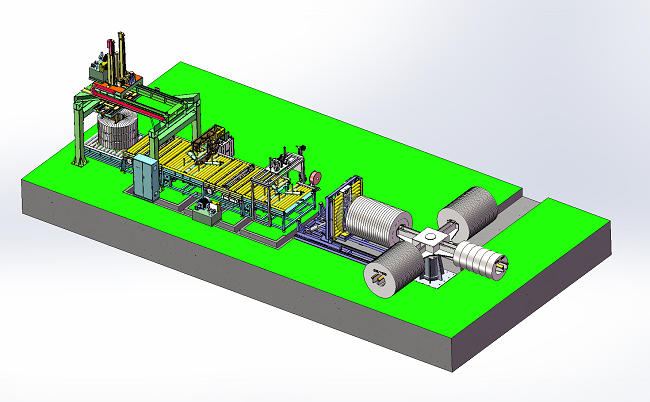
The primary driver for adopting automation is often labor cost reduction, achieved through several mechanisms:
- Reduced Headcount: The most significant saving comes from reducing the number of operators required per shift. A line needing 3-5 manual workers might only require one supervisor with an automated system.
- Increased Throughput: Processing more coils per hour directly translates to a lower labor cost per coil packaged. The system's high speed (e.g., 30 coils/hr) ensures efficient utilization of labor time.
- Minimized Errors & Rework: Automation ensures consistent application of strapping and wrapping, reducing packaging failures and the need for costly rework or scrap due to handling damage inherent in manual processes. The ±0.1 mm precision handling preserves the quality from the slitter.
- Enhanced Safety: Fully enclosed systems with safety interlocks dramatically reduce the risk of accidents and injuries associated with handling heavy coils manually. This lowers costs related to worker compensation, lost time, and insurance premiums.
- Optimized Maintenance: PLCs often incorporate diagnostic tools and can schedule periodic maintenance alerts, reducing unexpected downtime and the labor required for emergency repairs. Preventive maintenance requires less manual oversight.
5. Operator Experience and System Integration
From an operational standpoint, modern automated lines offer significant improvements:
- User-Friendly Interface: HMIs provide intuitive graphical interfaces for setting parameters (coil dimensions, strapping patterns, wrapping layers), selecting recipes, monitoring system status, and accessing alarms or diagnostics. This reduces training time and minimizes operational errors.
- Ergonomics: Automation eliminates the physically strenuous tasks of lifting, pushing, and manually strapping heavy coils, improving workplace ergonomics and reducing operator fatigue.
- Integration Capabilities: These lines are designed for seamless integration with upstream processes (slitting lines) and downstream systems (Warehouse Management Systems - WMS, ERP systems) for real-time data exchange, enhancing overall plant connectivity and efficiency. Operators value the system's ability to automatically receive production orders and report completed packaging data.
6. Beyond Labor Savings: Compounding ROI Factors
While labor savings are substantial, the return on investment (ROI) is further bolstered by:
- Material Savings: Consistent wrapping tension and precise handling reduce damage to slit edges and surfaces. Optimized strapping reduces material waste.
- Improved Product Quality: Uniform packaging enhances product presentation and protection during transit and storage.
- Energy Efficiency: Variable Speed Drives (VSDs) on motors optimize energy consumption based on load, reducing operational electricity costs compared to constantly running equipment.
- Enhanced Inventory Management: Accurate, automated weighing and labeling provide reliable data for inventory control and shipping logistics. Resources like the Material Handling Industry (MHI) provide further insights into the broad benefits of automation in logistics and manufacturing.
Conclusion: A Strategic Investment for Growth
A fully automated slitting strip packing line is more than just a labor-saving device; it's a strategic investment in operational excellence. By integrating advanced design, robust components, and intelligent control systems, these lines deliver significant cost reductions, boost throughput, enhance worker safety, and improve product quality. For metal service centers and large-scale processors, automating the end-of-line packaging process is a critical step towards maintaining competitiveness and achieving sustainable growth in a demanding market.

